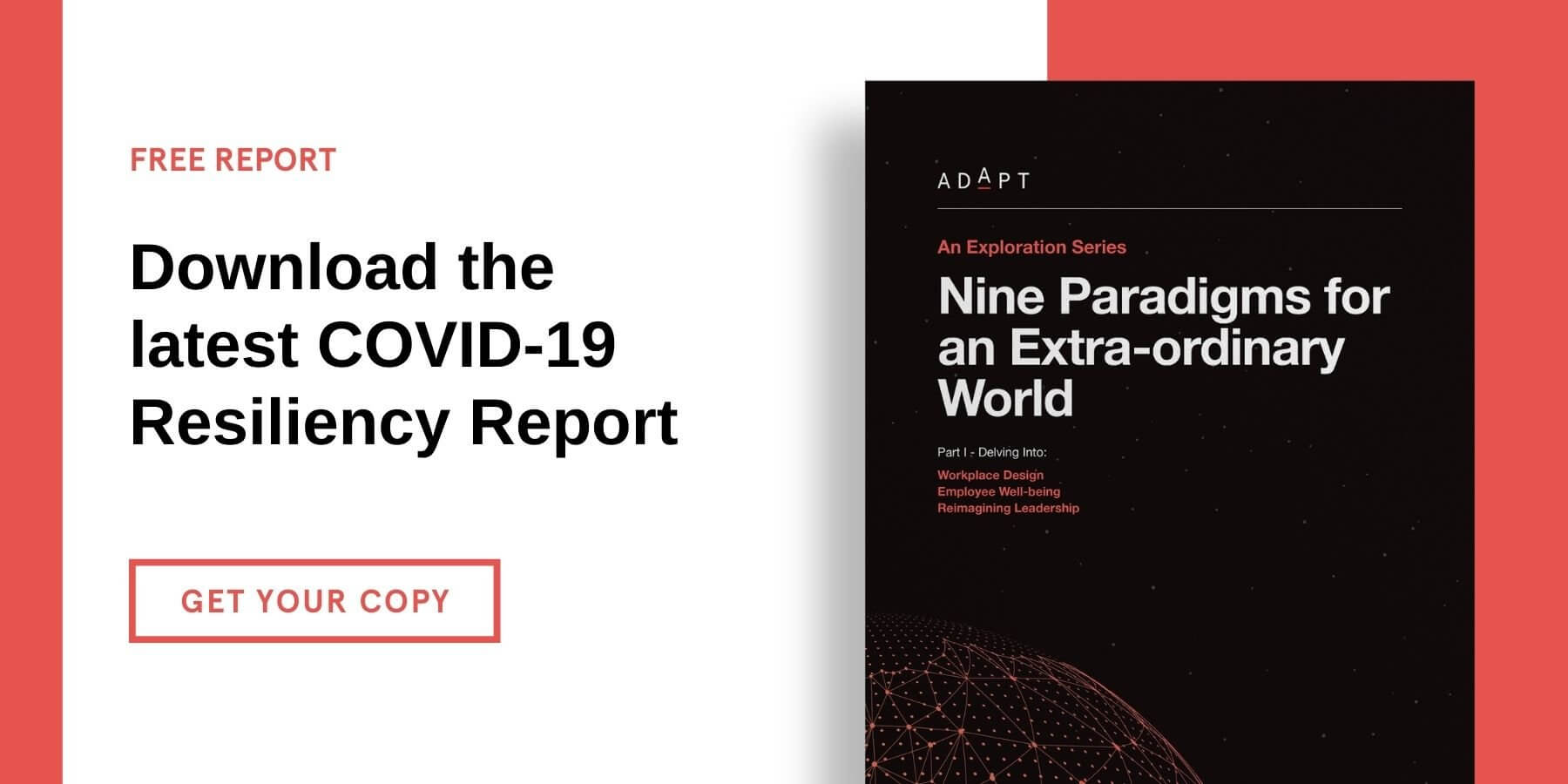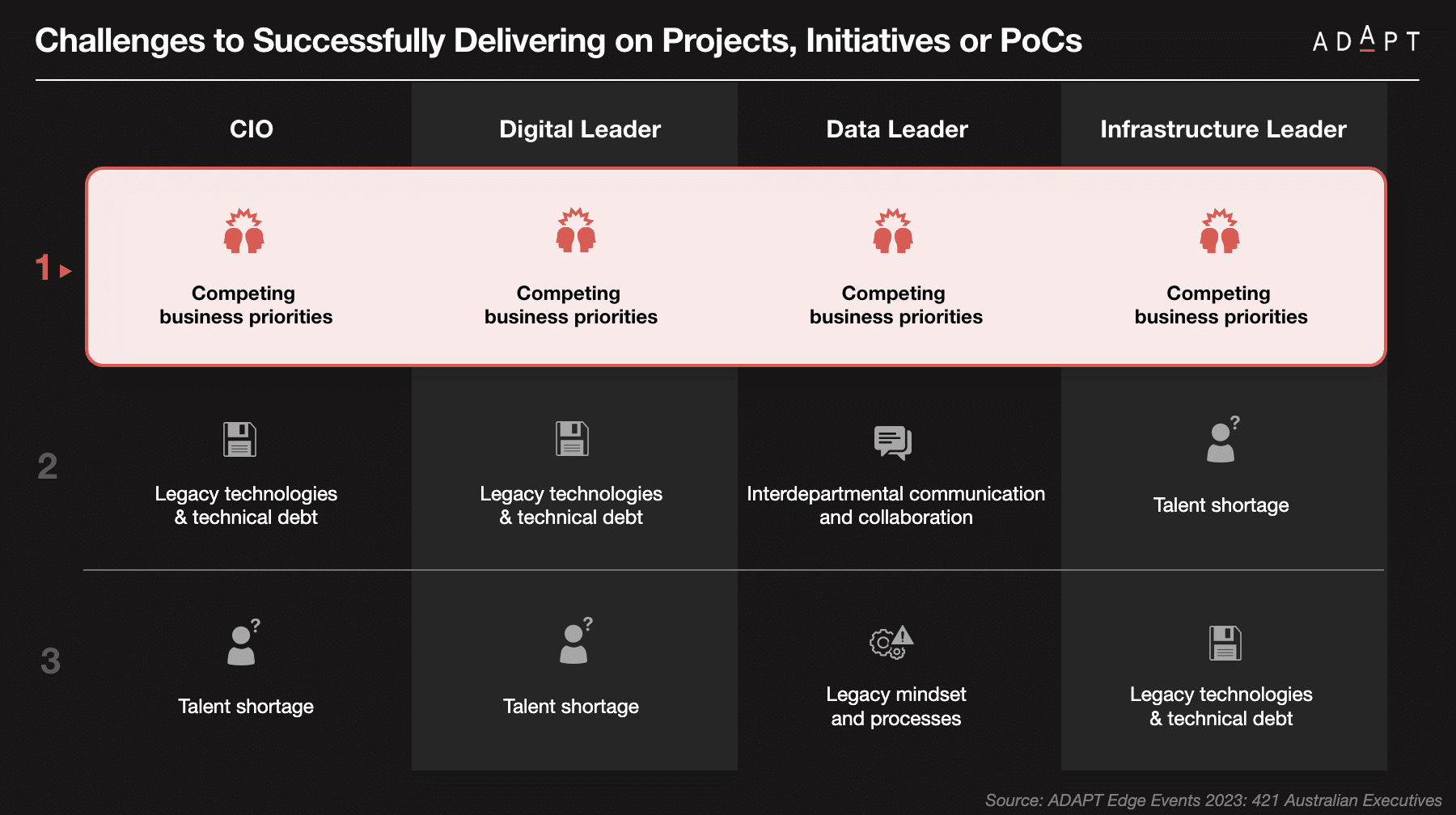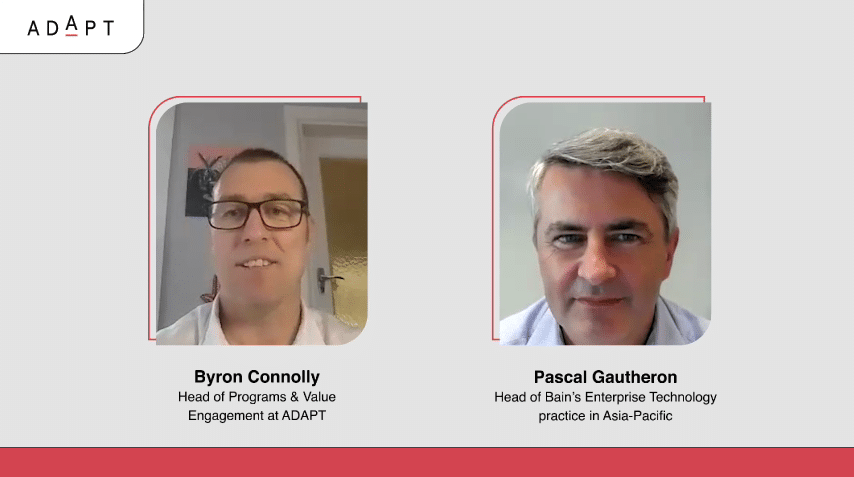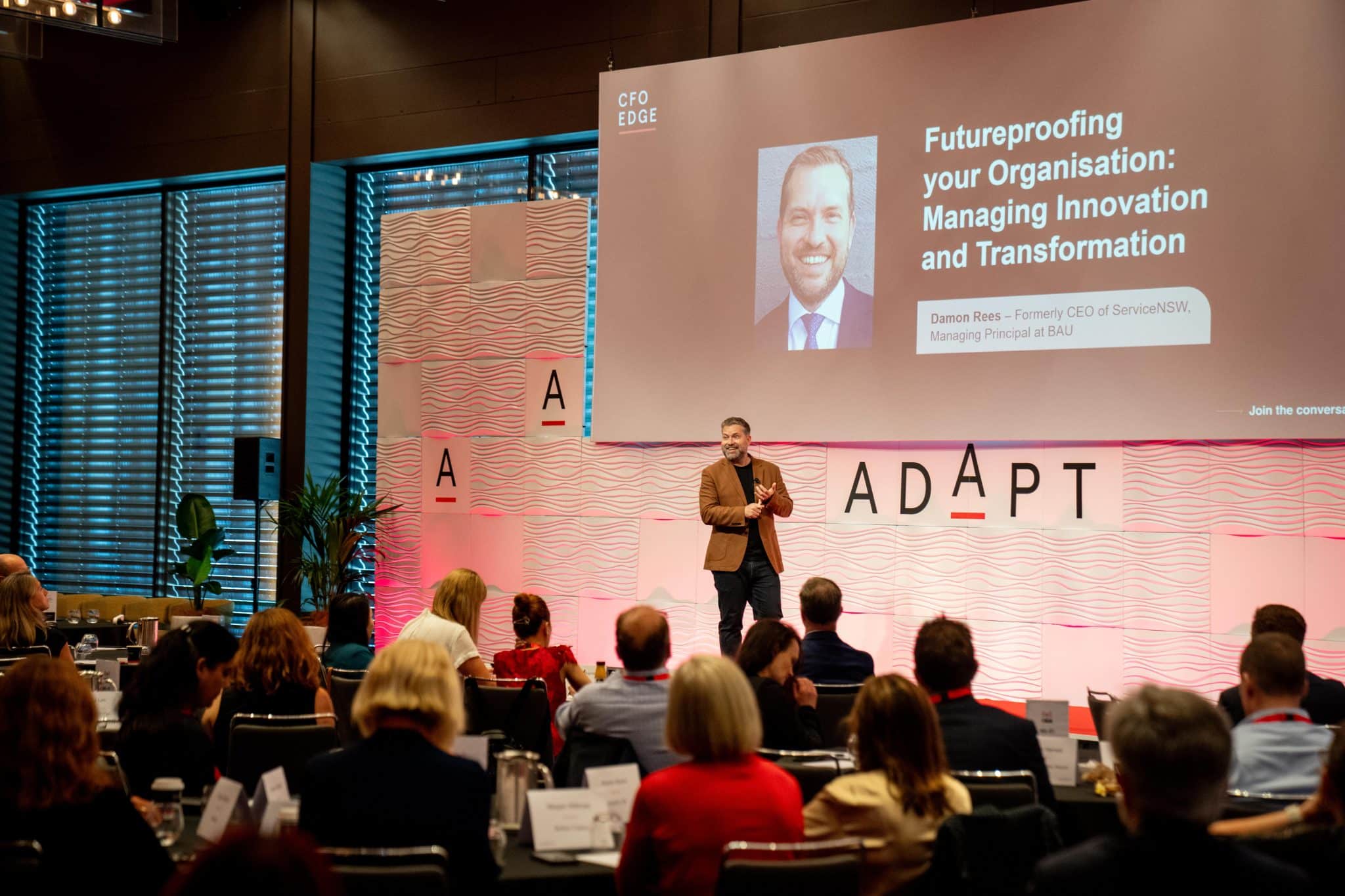What Will the New Workplace Look Like?
In this first instalment of our series Nine Paradigms for an Extraordinary World, ADAPT's Senior Analysts assess how technology infrastructures, operational processes and workplace culture will effect how large enterprises can approach the future of work.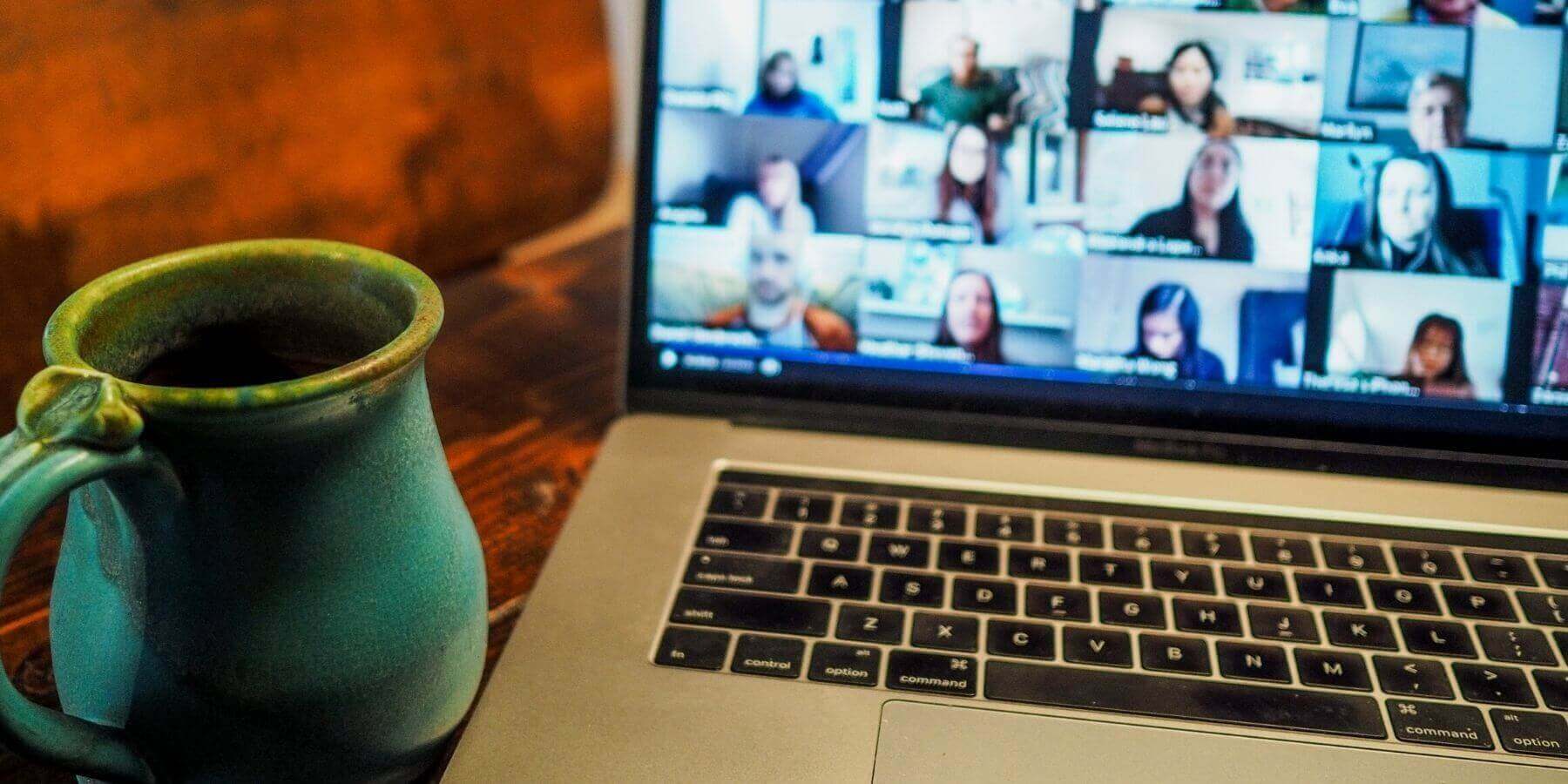
International technology firms such as Atlassian, Square, Twitter, Facebook and Coinbase announced that their employees could work from home indefinitely if they wish to. This is a reflection on their existing technology infrastructure, operational processes and workplace culture, which already enables a permanent work-from-home (WFH) posture.
At ADAPT Digital Executive Workshops and analyst interactions, the biggest questions posed by executives are around the future of the workplace.
Will we work from home permanently? Do employees want to go back to a physical workplace? What should be the ideal state?
International technology firms such as Atlassian, Square, Twitter, Facebook and Coinbase announced that their employees could work from home indefinitely if they wish to.
This is a reflection on their existing technology infrastructure, operational processes and workplace culture, which already enables a permanent work-from-home (WFH) posture.
ADAPT Advice
This is the right time for organisations to evolve a workplace that is beyond the bounds of physicality and location. Offices must have a new definition and design that cater to ideation, collaboration, and connectedness rather than purely everyday work.
The new office design must also include the opportunity to connect virtually with remote team members in a more engaging manner to remove any biases based on physical presence.
The virtual culture needs to be rebuilt to understand cognition, communication, and trust-building within teams even when no one can see or meet each other.
Remote first mindset
The path from a distributed workplace to a remote-first model is a long one for most organisations.
Native digital businesses have already utilised advanced technology to create an agile workplace and culture.
However, traditional organisations, especially manufacturing, education, transportation/logistics and public sectors, are still observing the impact of COVID-19 and learning along the journey.
We have to consider that some of these organisations are more than 50 years old with inherited legacy processes, systems, and mindsets.
Although the lockdown has busted many myths for these organisations, the habit of sliding back into previous ways of working is a looming threat.
Effects of the current work environment
Some of the biggest ramifications of the current environment have been on employee well-being, project management, collaboration, and idea creation.
Traditional organisations have worked in a business-as-usual mode until now, but as COVID-19 continues to affect operations, fundamental questions are being asked with an eye to creating a new normal.
To set the organisation back on the growth path, questions around performance management, productivity and overall functioning will need to be answered as part of a gradual and well-scrutinised movement towards an effective distributed workplace.
ADAPT Research
We asked specific questions to our executive respondents and found out that, if needed, Australian organisations can let their workforce to be remote. However, the realities are beyond process and technology availability.
69% of organisations are ready to allow distributed WFH indefinitely if they want to.”
However, when asked “at any given day, what percentage of the workforce will be working remotely” respondents revealed that only 43% of employees will be working from home post-pandemic on any given day.
Although it is a 31% increase compared to a pre-pandemic figure of 12%, it reflects that 30% of employees who wore working remotely during the lockdown (73% total) will eventually come back to the office.
The new workplace will be a mix of a WFH and in-office since only 57% of the total workforce will use the physical office space on any given day.
This implies changes in office design, utility, and management and also means investments in critical IT infrastructure that connects the distributed enterprise.
New investments are expected in refining, managing, and maintaining this new extended digital workplace.
- 64% of Australian organisations have increased investments in digital workplace planning and management
- 56% are increasing focus on digital workplace optimisation and management
- 14% will be spending more on this initiative
- As a result, 65% of organisations have increased budget for digital workplace IT initiatives
These are foundational investments in ensuring the tools, technologies and infrastructure are extensible. However, they are not investments designed to build a fully remote-first organisation akin to companies such as Buffer, Gitlab and Zappier which were created from the ground up with remote first in mind. As a go-to strategy, remote-first is considered by only 28% of organisations.
The New World
2020 has forever changed the way businesses operate. As COVID-19 related conditions unfolded, employee safety took precedence over everything else, compelling organisations to create a distributed digital workplace within weeks. However, as they learned to live through the crisis, organisations realised the gaps in current business models, operational processes, technology infrastructure and emotional support required for their employees to work efficiently in the environment.
As we sail into the unchartered seas of 2021 with some of the biggest questions facing executives:
- What will the new workplace look like?
- How can we engage the workforce for a resilient future?
- What must change forever?
Since the beginning of April 2020, ADAPT has conducted two in-depth surveys to understand organisational response, resilience, and recovery strategies as we live through the pandemic. Both studies include over 220 executive leaders from the largest organisations across the country and discuss their continuing responses to ongoing challenges.
The latest survey, conducted in August and late September, uncovered key findings that address some of the above questions and highlight some of the most important paradigms of the new world.
At ADAPT, we have defined ’Nine paradigms for an extra- ordinary world’, but for this report, we only will delve into three – Workplace Design, Employee Well-being, and Reimagining Leadership.
We only have a semblance of what the new world will look like, but we can see that it will be bigger than the individual, organisations and economies. Even though we can only work with what we know today and the acknowledgement that it will change tomorrow, organisations still have the power and authority to create the new world rather than waiting for time to unfold it.
ADAPT’s nine paradigms will help you build a crucial resilience that will set the new foundations for your business, processes, people, and systems. In coming months, we will be revealing more statistics about the other areas within the nine paradigms for our community and businesses. Together, the nine provide a framework for creating a COVID-normal environment that will persist into the post-COVID landscape and help stimulate continued growth.





















